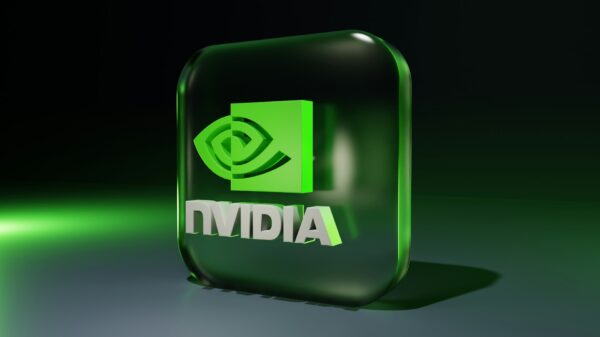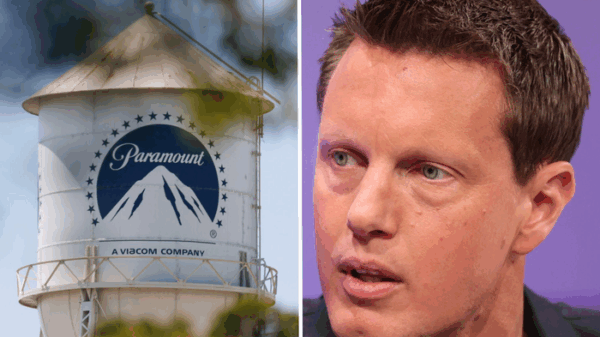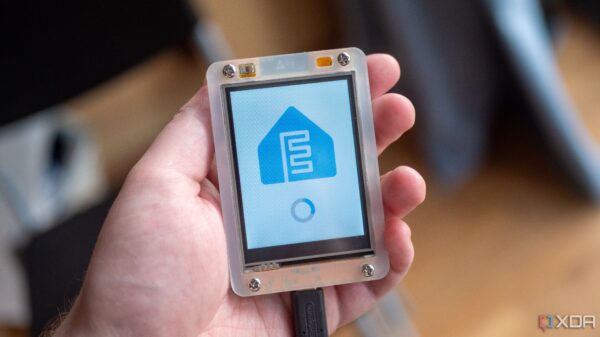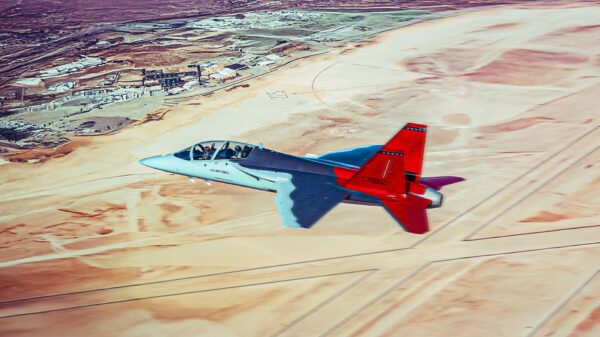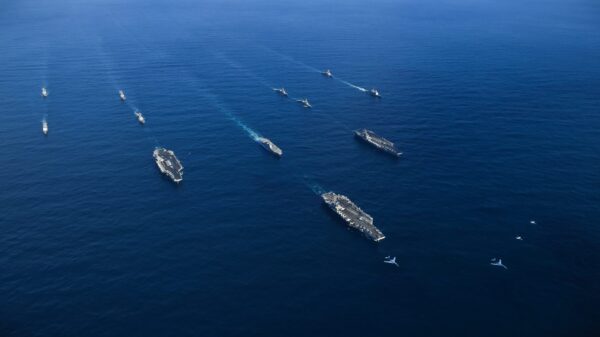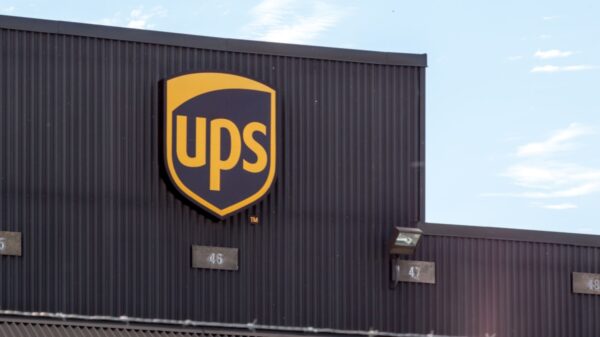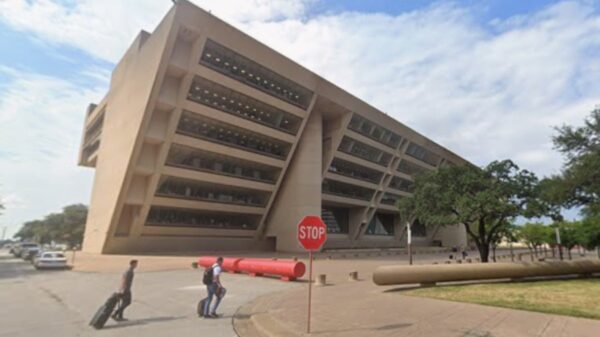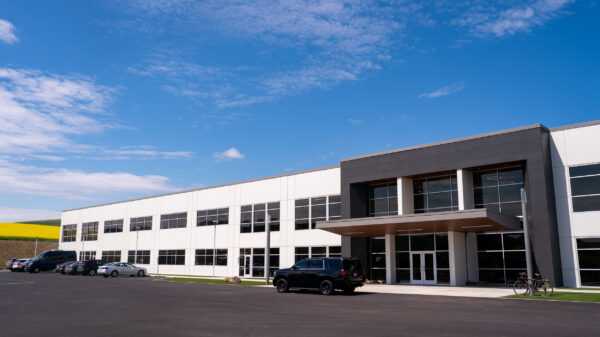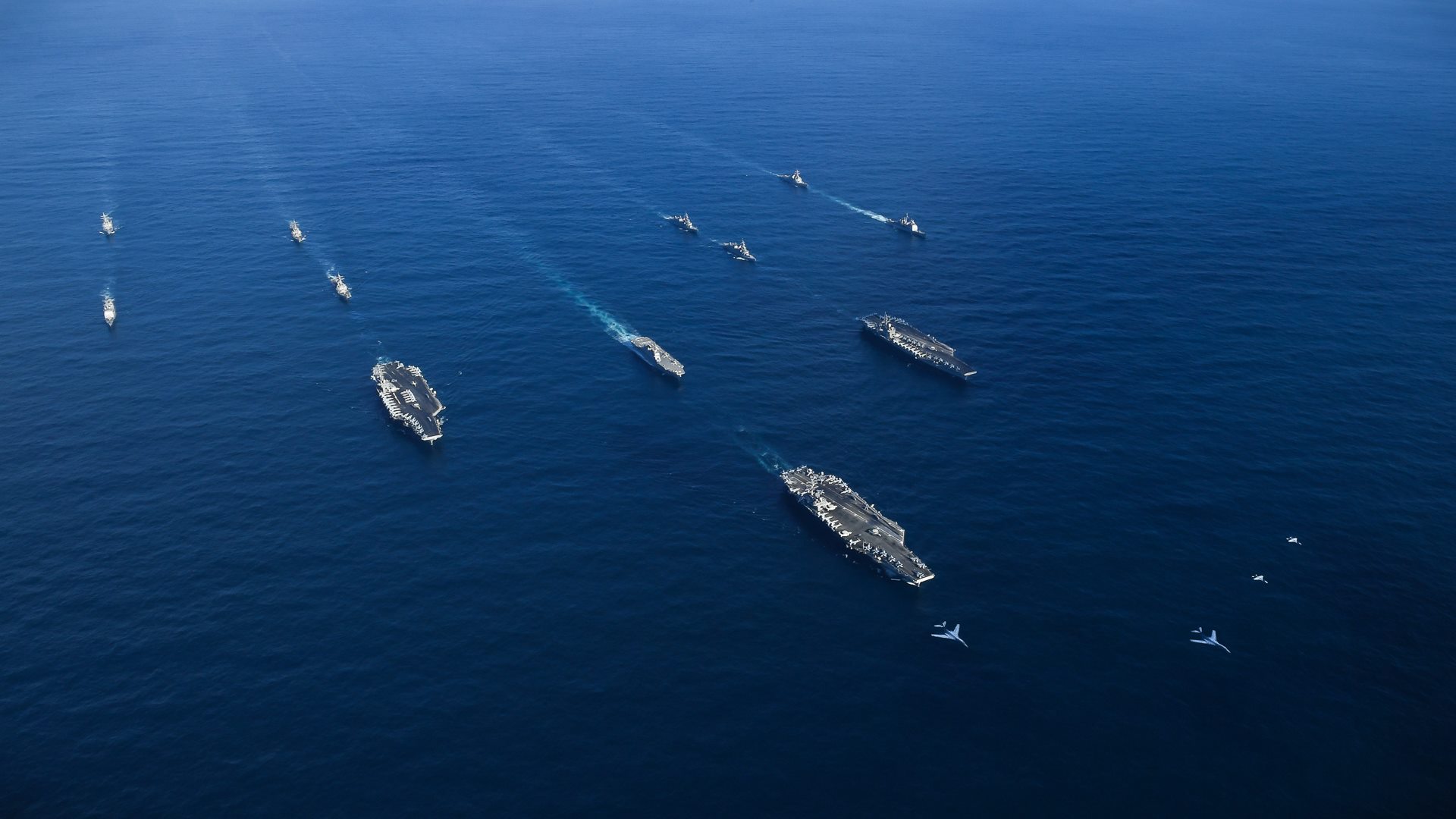The U.S. Pacific Fleet is preparing for future operations by stressing the importance of maintaining a presence within enemy weapon ranges. During a presentation at the AFCEA TechNet Indo-Pacific conference held in Hawaii on October 3, 2023, Adm. Stephen Koehler, the commander of the U.S. Pacific Fleet, emphasized that persistent power projection is vital for success in modern military engagements.
Koehler articulated that speed and persistence are essential in today’s battlespace. “Just as speed is a defining characteristic, we also need persistence,” he stated, highlighting the need for U.S. forces to execute prolonged operations against evolving threats. This approach ensures that military assets can operate effectively within the enemy’s weapon engagement zone (WEZ). He stressed, “We must not be deterred from operating at the time and place of our choosing.”
In his remarks, Koehler underscored the necessity of bringing the fight to the adversary’s territory. He noted that if a military force faces an opponent with a longer reach, failing to adapt would lead to significant disadvantages. “If you don’t maneuver, if you don’t work different ways to get in there, he’s going to pummel you,” he said, emphasizing that military forces must engage in combat rather than retreat.
To operate effectively within the WEZ, Koehler explained that the fleet requires ingenuity and innovation in tactics and equipment. He mentioned that the U.S. Pacific Fleet is exploring emerging technologies, including artificial intelligence, advanced communications, and networks. “We are augmenting traditional military communications with scalable, agile options for contested, bandwidth-constrained environments,” he remarked.
Koehler elaborated on integrating various technologies into military operations, such as commercial satellite communications, 5G and 6G networks, and open radio access frameworks. These advancements are intended to enhance connectivity for distributed maritime operations across the Indo-Pacific region. “These capabilities open our door for rapid deployment, adaptation, and specific mission needs,” he stated.
The commander also indicated that integrating commercial cloud infrastructure and services is crucial for processing, storing, and accessing data closer to the tactical edge. Such enhancements are expected to improve mission readiness, survivability, and overall decision superiority.
In collaboration with industry partners, the fleet aims to accelerate innovation in artificial intelligence. Koehler explained that these initiatives focus on improving various operational aspects, including command and control, logistics, cyber operations, and intelligence, surveillance, and reconnaissance (ISR). “We will enhance our command and control, increase our lethality, and dominate in the WEZ across the entire continuum from competition to conflict,” he affirmed.
Looking ahead, Koehler envisions a future where the Pacific Fleet is significantly empowered by artificial intelligence. He described a scenario where operators can effectively balance the art and science of warfare, making rapid and informed decisions that outpace adversaries. “A future where AI further accelerates the cycle of action between maneuver and fires for decisive combat advantage is the North Star I give my team every day,” he concluded.
Through these strategies and technological advancements, the U.S. Pacific Fleet aims to maintain a robust presence in the Indo-Pacific region, ensuring readiness against potential threats and securing national interests in an increasingly complex global landscape.

